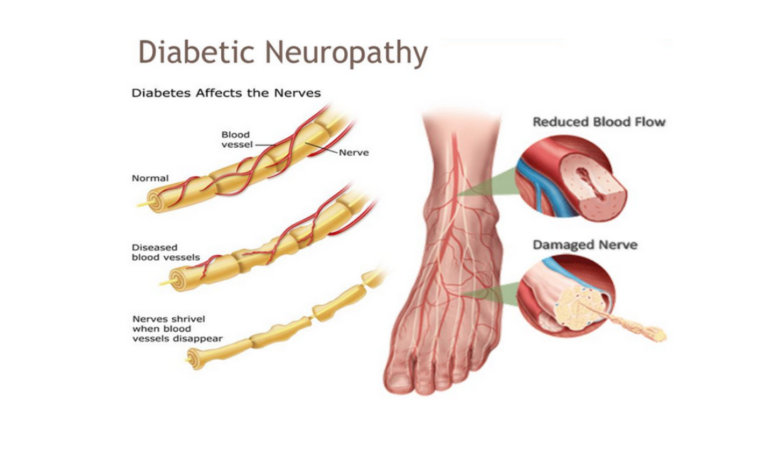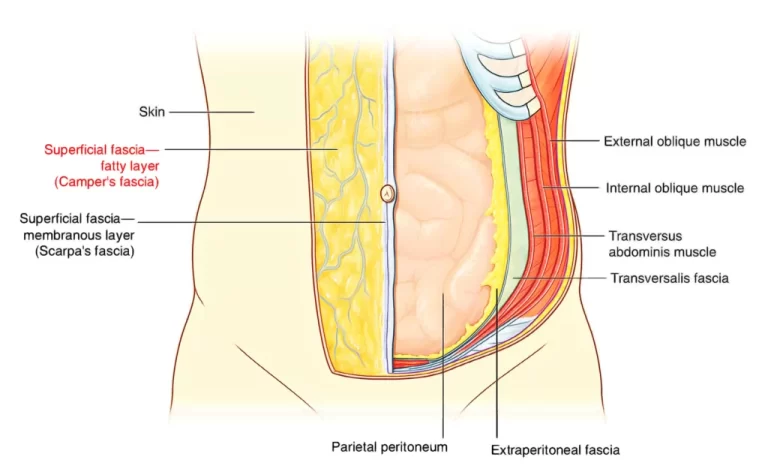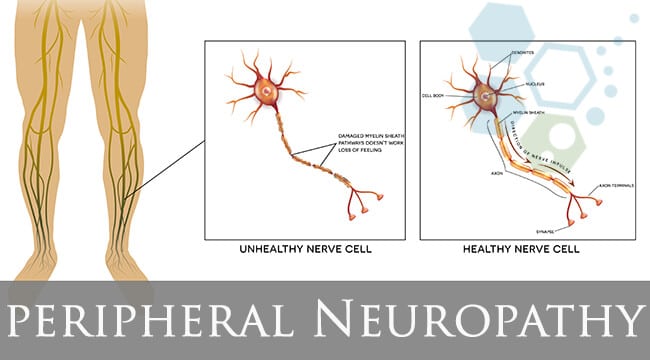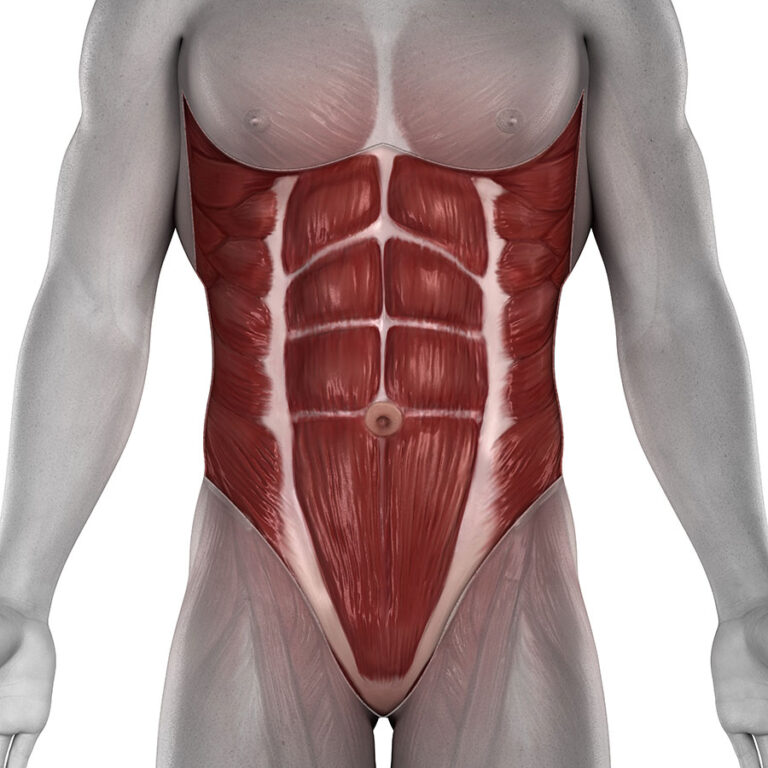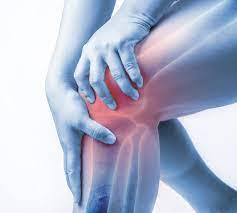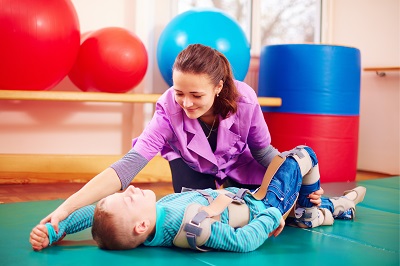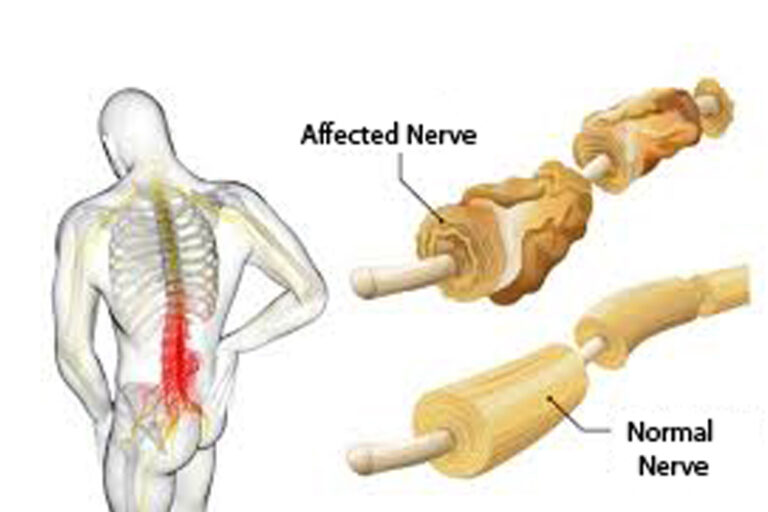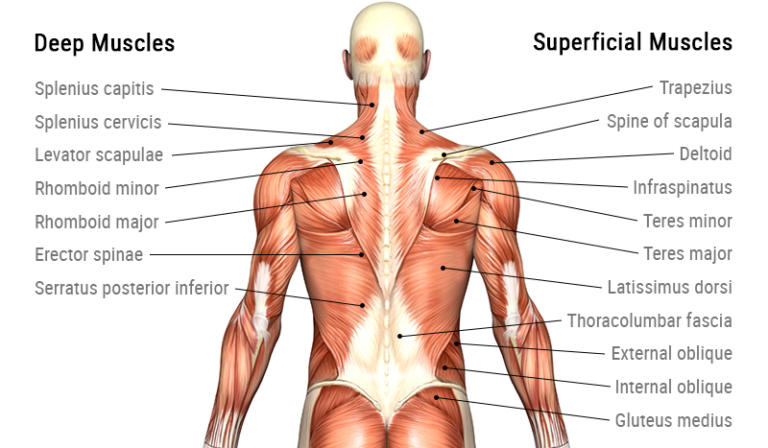Diabetic Neuropathy
What Is Diabetic Neuropathy? Diabetes can damage the nerves of the body, this damage is known as neuropathy which may be painful. Diabetic neuropathy is a type of nerve injury or damage that is caused by diabetes. Over time, high levels of fats, such as triglycerides in the blood from diabetes and long-term high blood…

